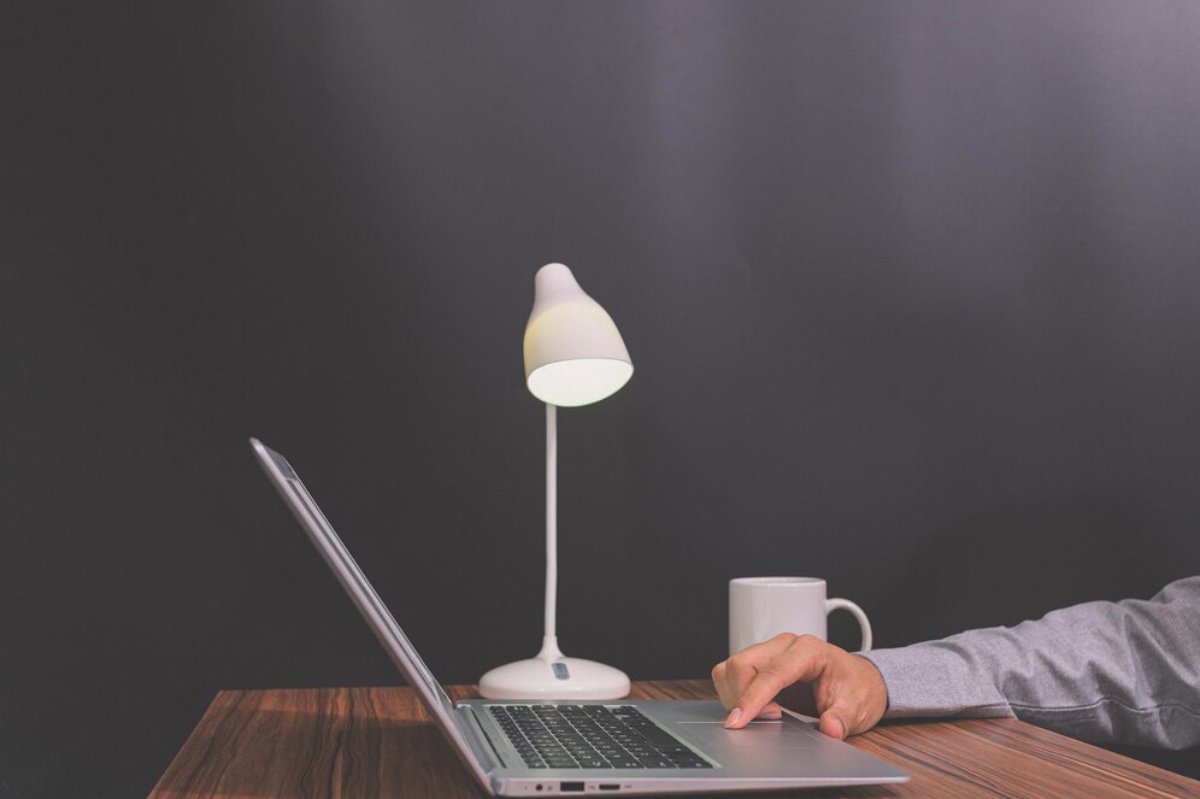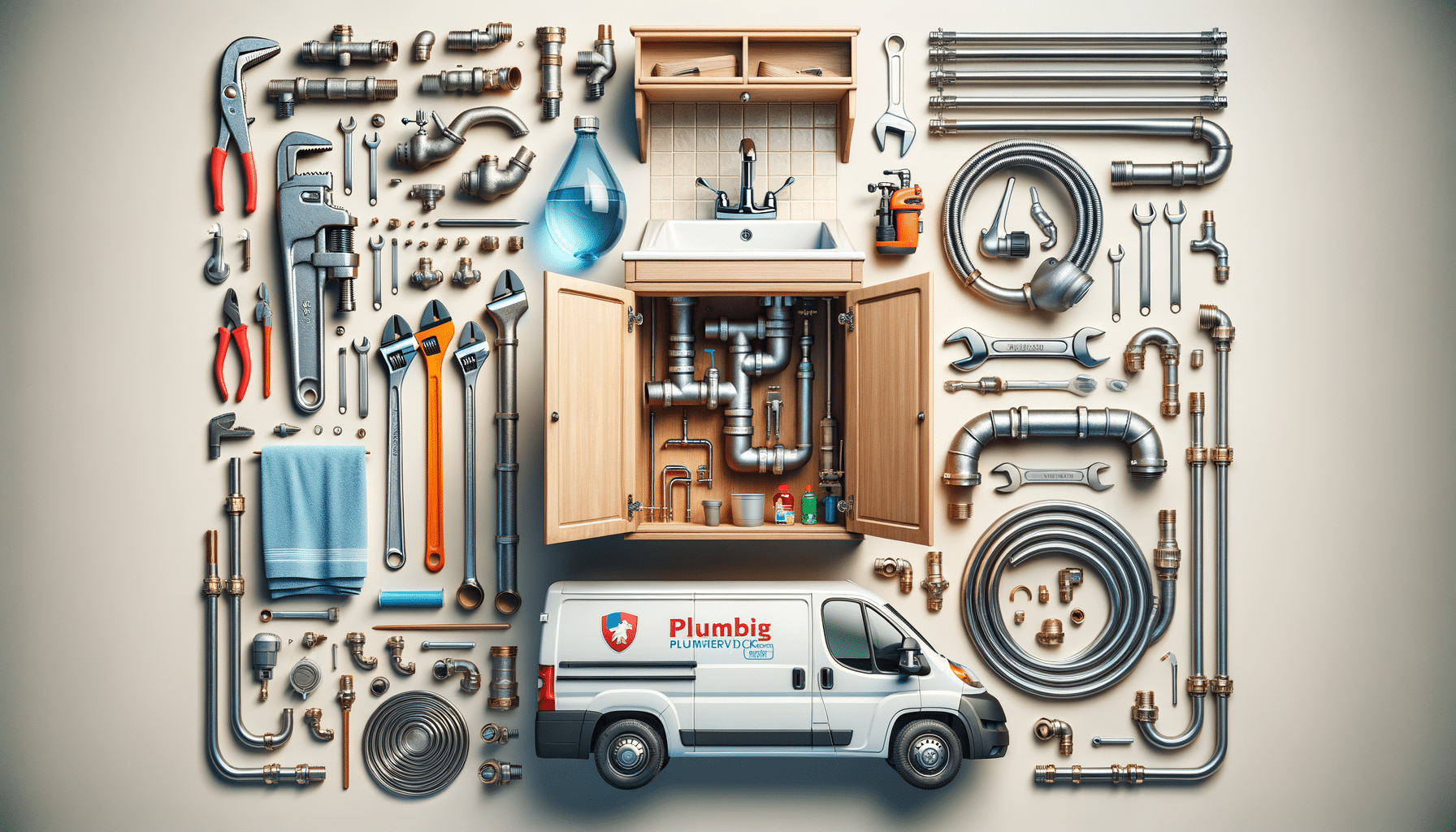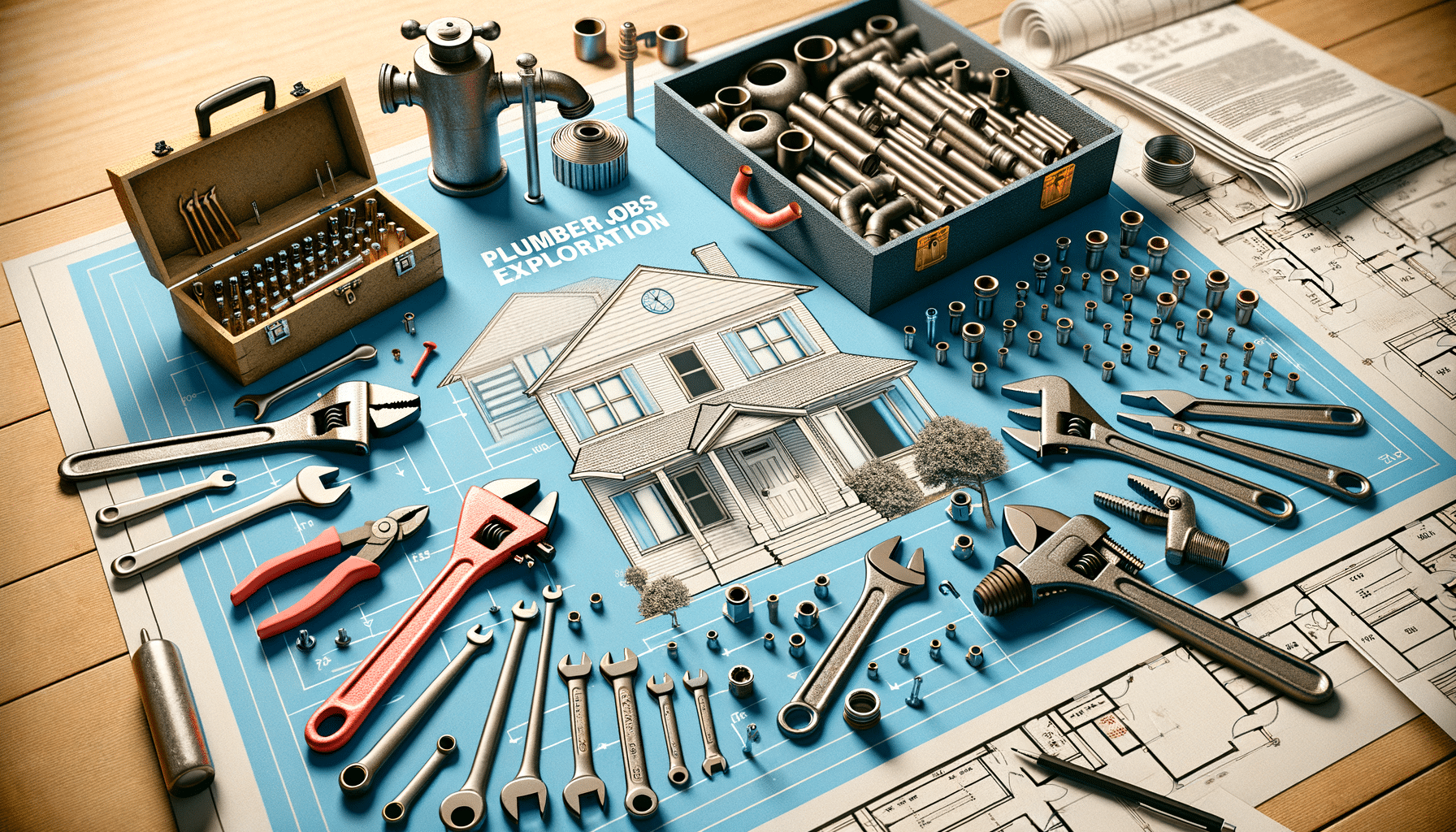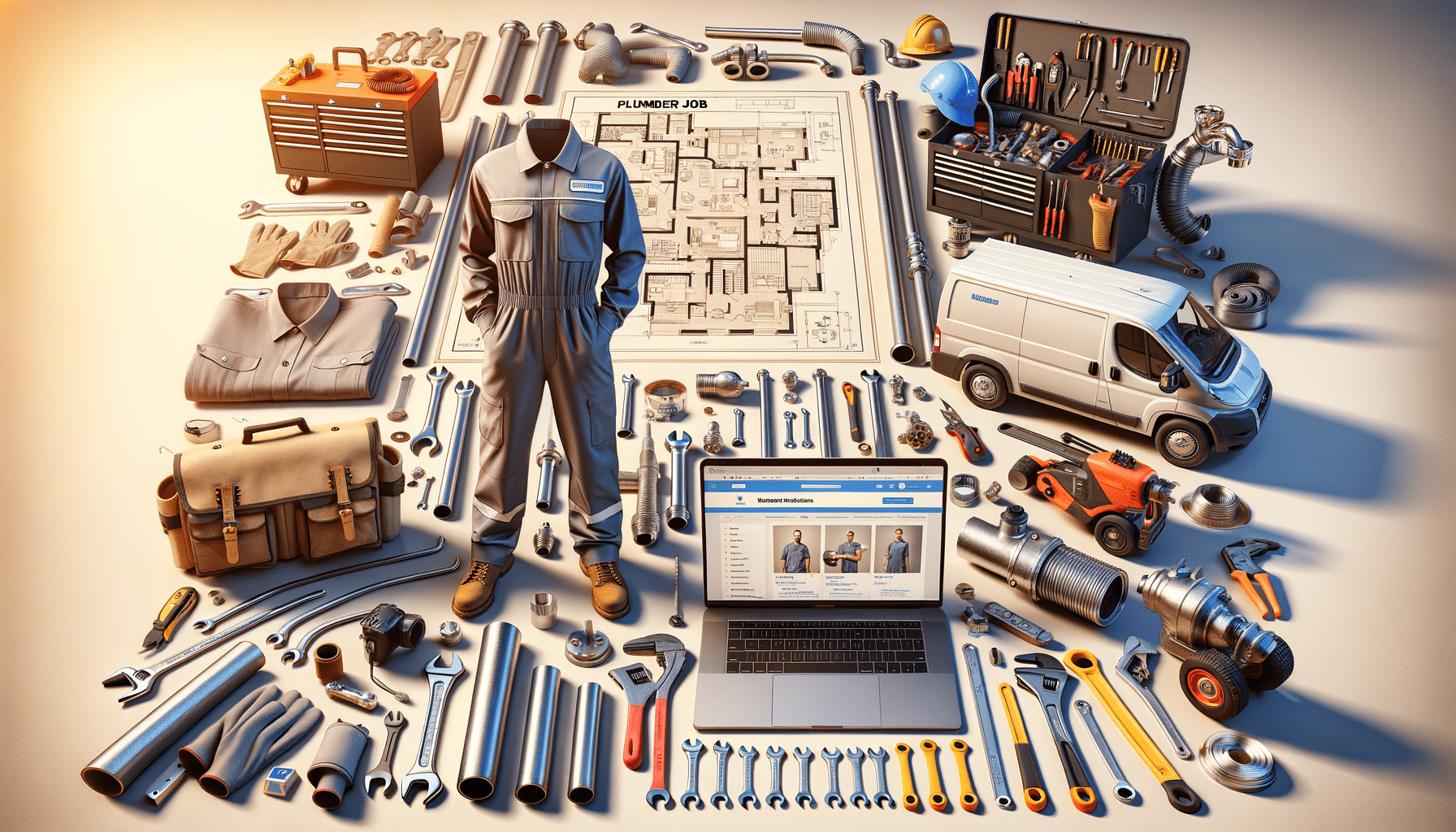
Ergonomics and Layout Tips for Deep Work
You’ve blocked your calendar, silenced your phone, brewed your favourite tea, and you’re finally ready to tackle a demanding task. But half an hour in, you’re fidgeting, rubbing your neck, and unable to focus. Sound familiar?
We often blame lack of discipline or motivation, but sometimes the true culprit is right under — or around — us: our workspace setup.
Deep work requires sustained attention, minimal distraction, and physical comfort. But without a well-planned ergonomic setup and thoughtful office design, even the most disciplined mind will struggle to stay in the zone. When your space isn’t working for you, neither can your brain.
In this article, we’ll explore how simple changes to your deep work desk and overall environment can help you stay focused longer, think more clearly, and produce higher-quality work, without physical strain or mental fatigue.
Why Ergonomics Matters for Mental Performance
The Physical Foundations of Cognitive Flow
You wouldn’t expect to run a marathon in flip-flops — so why attempt mentally demanding work in a space that’s straining your neck, arching your back, or dimming your vision?
Poor posture and discomfort trigger low-level stress responses in your body. These physical distractions drain cognitive energy, reduce focus, and eventually lead to fatigue or even injury.
A good ergonomic setup doesn’t just protect your spine — it protects your ability to concentrate and perform at your cognitive best.
What Research Tells Us
Studies from the University of Leicester found that ergonomic interventions — even small ones — can lead to measurable improvements in focus, work accuracy, and task endurance. Meanwhile, the British Chiropractic Association warns that long-term poor desk posture is now a leading cause of back and neck pain among UK professionals.
When your environment supports you, your brain can finally do the same.
The Ideal Deep Work Desk Setup
1. Start with the Chair
Your chair is the base of your productivity. A poor seat equals poor posture, which equals poor focus.
Look for:
- Adjustable height and lumbar support
- A seat that allows your feet to rest flat on the floor
- Armrests that align with the desk height to reduce shoulder tension
A simple tip: if you’re hunched, twisting, or constantly shifting, your chair likely needs adjusting — or replacing.
2. Desk Height and Surface
Your desk should allow your elbows to rest at a 90-degree angle, with forearms parallel to the ground.
Other desk tips:
- Leave space for a full range of motion (especially your legs)
- Keep essentials within arm’s reach
- Avoid clutter — it distracts your eye and your mind
If you’re working from home, consider a sit-stand desk. Standing for just part of your workday can improve circulation, reduce fatigue, and break mental monotony.

3. Monitor Placement
Your screen should sit:
- At or slightly below eye level
- About an arm’s length away from your face
- Perpendicular to windows to reduce glare
Looking down at a laptop? Try a laptop stand and an external keyboard. It’s a small investment with big dividends.

Creating an Environment that Encourages Deep Work
Light, Colour, and Sound
These three environmental cues have a powerful effect on your ability to enter — and stay in — a deep work state.
Lighting
As covered in our workspace lighting guide, the right light reduces eye strain and supports alertness.
- Use cool white light (5000K) during focus periods
- Add task lighting to reduce shadows
- Avoid overhead fluorescents if possible — opt for desk-level LED lighting
Colour Psychology
Colours can prime your mind for different tasks:
- Blue: Calms the mind and sharpens focus
- Green: Promotes balance and reduces eye fatigue
- Yellow: Stimulates optimism and creativity
Add colour through wall accents, artwork, or even your desk mat.
Sound Control
Deep work thrives in silence — or at least in intentional soundscapes.
- Use noise-cancelling headphones if you’re in a shared space
- Try white noise, rain sounds, or soft instrumental music
- Consider acoustic panels or carpets to absorb ambient distractions
Layout Tips That Maximise Focus
Zoning Your Workspace
Your brain responds to spatial cues — separating areas by function trains your mind to engage differently in each.
Try this:
- Primary zone: Deep work (clean desk, task lighting, minimal noise)
- Secondary zone: Shallow tasks (admin, calls, low-focus activities)
- Rest zone: Step away for breaks — ideally in a different room or corner
This setup trains your brain to associate each zone with a different level of mental intensity.
Minimalism Meets Functionality
A cluttered space creates a cluttered mind. But that doesn’t mean your workspace needs to be sterile.
Here’s what to keep:
- One notepad
- One pen or pencil holder
- A small plant for visual relief
- One water bottle or mug
Avoid open piles of paper or visual noise like Post-its scattered across your screen.
The Role of Movement and Microbreaks
Don’t Stay Static for Too Long
Deep work requires stillness — but only in short bursts. Sitting or standing in one posture for hours leads to stiffness, fatigue, and reduced circulation.
Incorporate:
- Microbreaks every 30–45 minutes (even just 2 minutes of stretching)
- Desk tools like a footrest or a standing mat
- Reminders to roll your shoulders, rotate your neck, and blink
Your body is part of your focus system — ignore it at your cognitive peril.
Personalisation and Comfort = Better Focus
Add a Human Touch
Your workspace should be functional, but also emotionally supportive. Add elements that give you a sense of ownership and calm:
- A framed photo or quote that grounds you
- A favourite candle or diffuser scent
- A hand-thrown mug you genuinely enjoy using
These small items anchor your identity in the space, and that psychological ownership boosts both comfort and commitment.
Case Study: James, UX Designer
James, 32, worked remotely but constantly battled tension headaches and felt scattered despite following Pomodoro techniques. After reassessing his ergonomic setup, he:
- Raised his monitor to eye level
- Bought a second-hand ergonomic chair
- Added a small lamp with cool light for focus
The result? “I stopped counting minutes. I just got into flow and stayed there longer.”
Smart Tech That Supports Deep Work Layouts
Ergonomic Tech Essentials
- Mechanical keyboard: Reduces typing strain and speeds up input
- Vertical mouse or trackball: Minimises wrist stress
- Smart desk lamp: Adjusts brightness and colour throughout the day
Software to Pair with Layout Changes
- Focus@Will or Brain.fm: Audio for concentration
- Toggl: Time tracking for task blocks
- Stretchly or Eyeleo: Reminds you to move and rest your eyes
Technology isn’t the enemy of focus — poorly integrated tech is.
Conclusion: Your Environment, Your Edge
You can’t brute-force your way into deep work. You have to build a space that invites it.
The right ergonomic setup, paired with smart office design, creates a quiet agreement between your body, your brain, and your environment: We’re here to do focused, meaningful work.
So if your concentration has been slipping or your back is aching after every session, don’t just try harder — try smarter. Adjust your deep work desk, tweak your lighting, declutter your visual field, and listen to what your body is telling you.
Your workspace is more than a desk — it’s a performance tool. Use it well.


